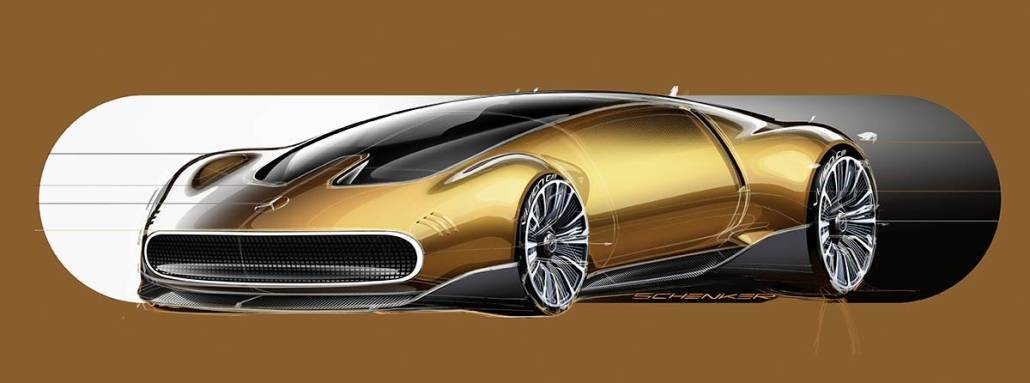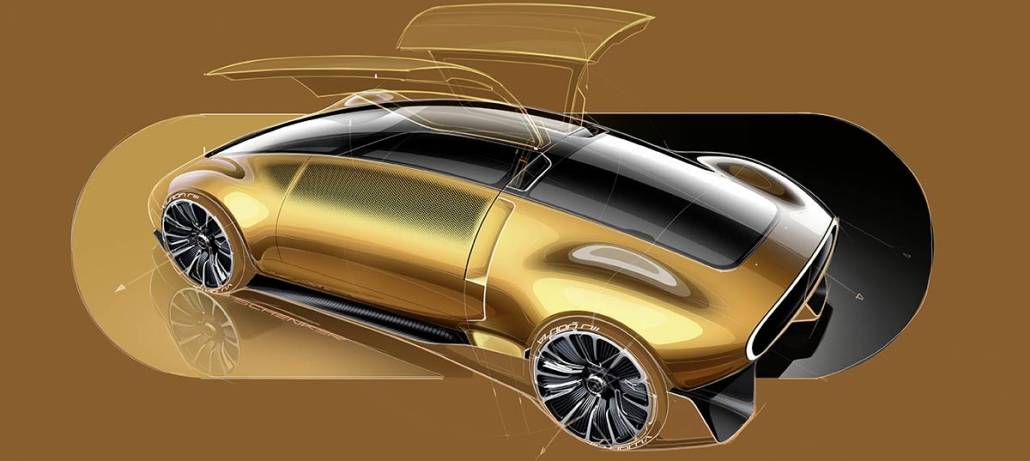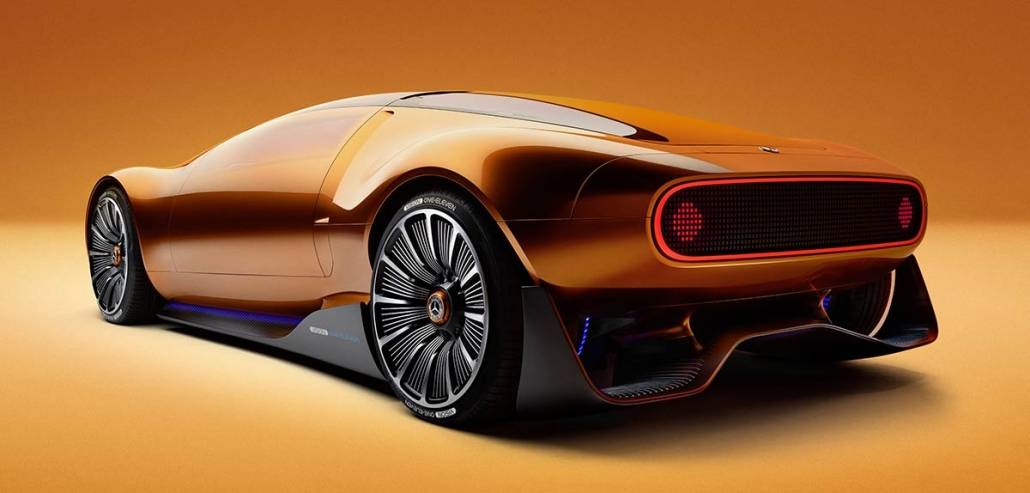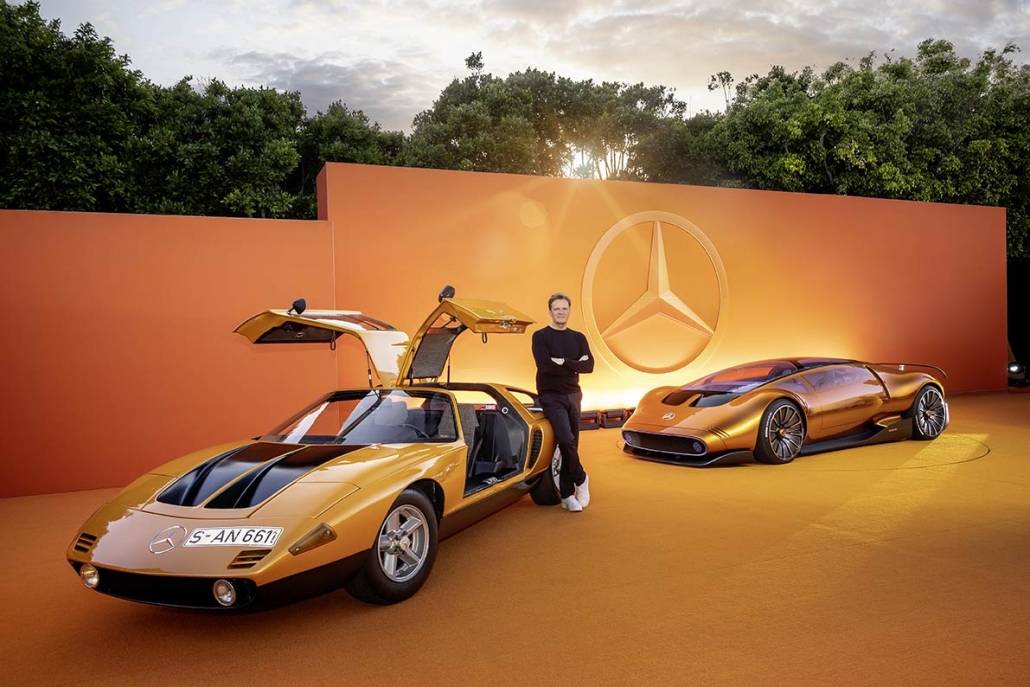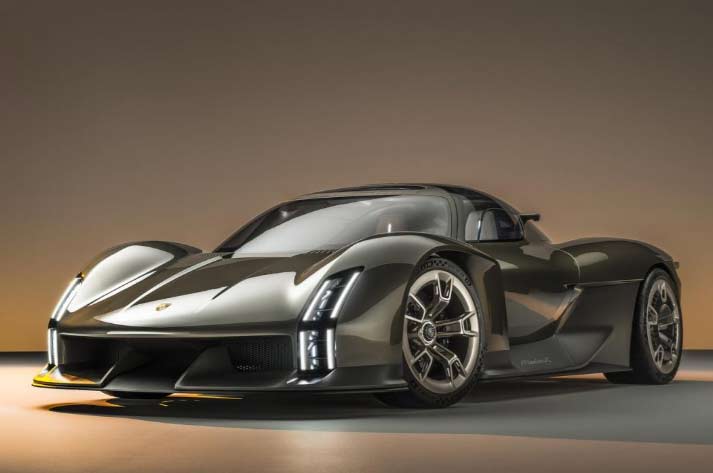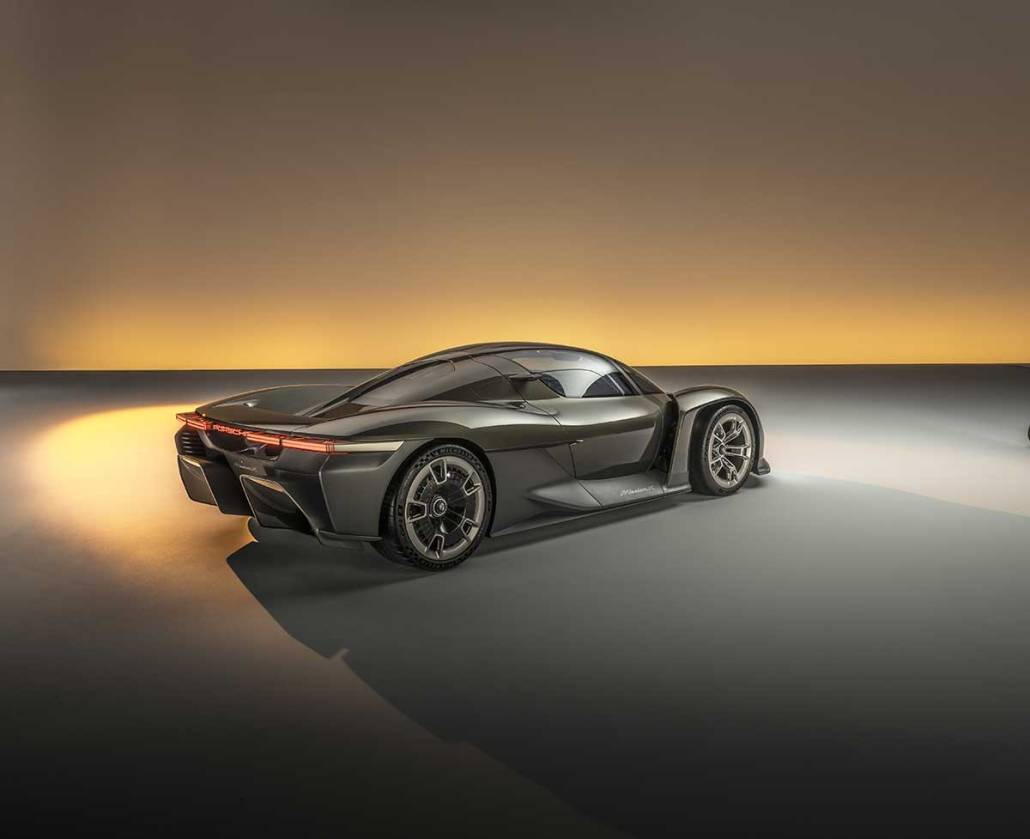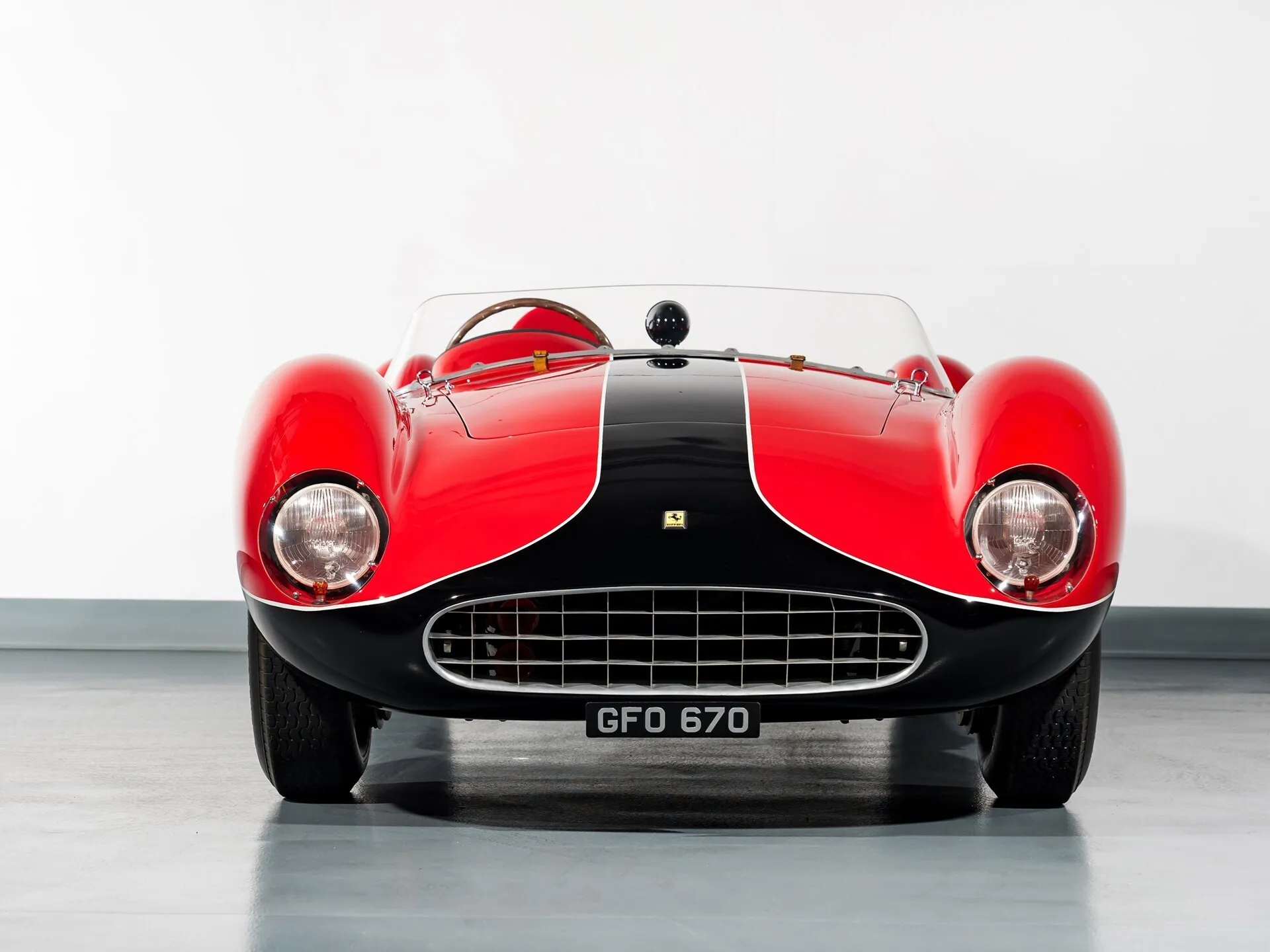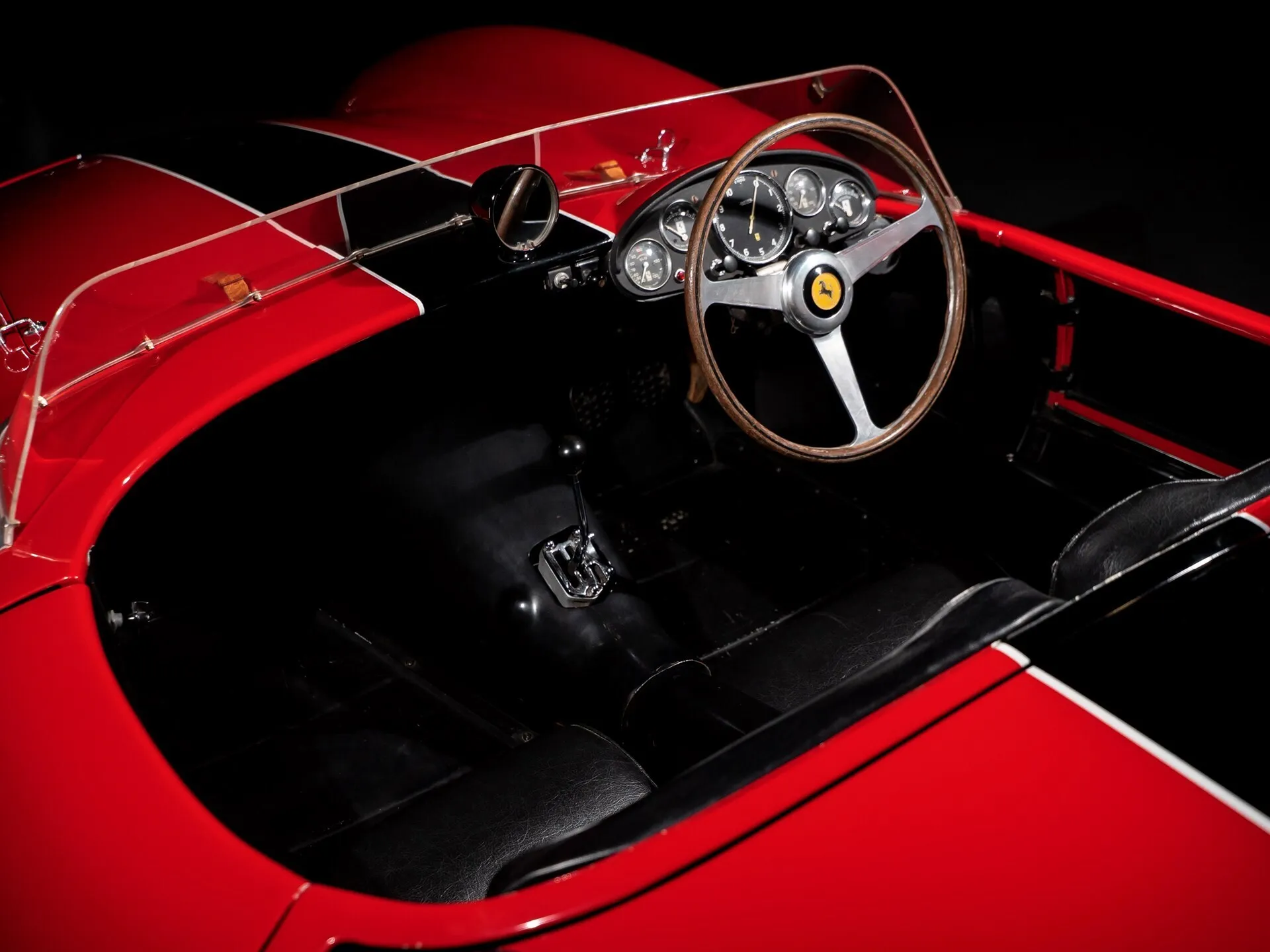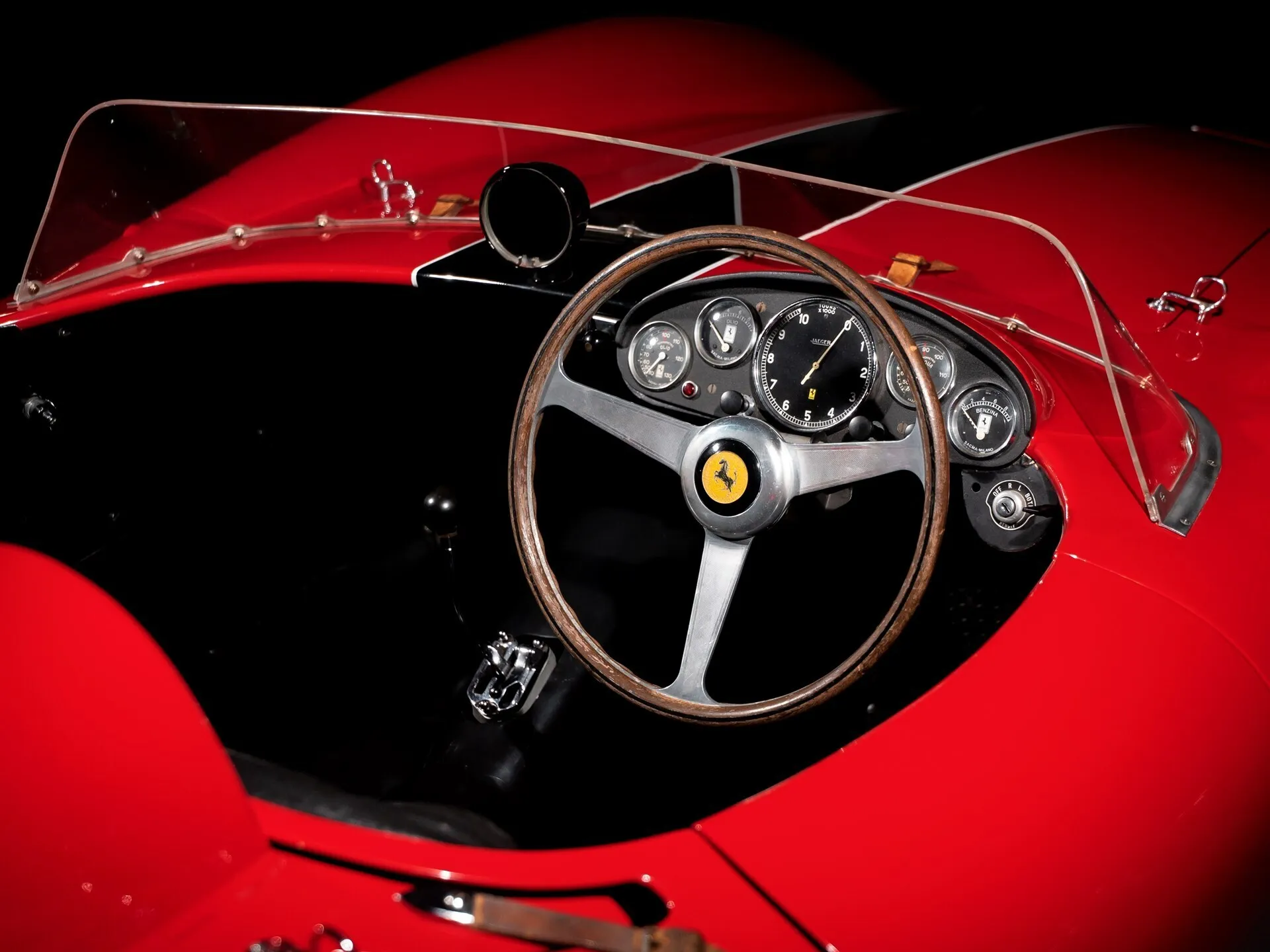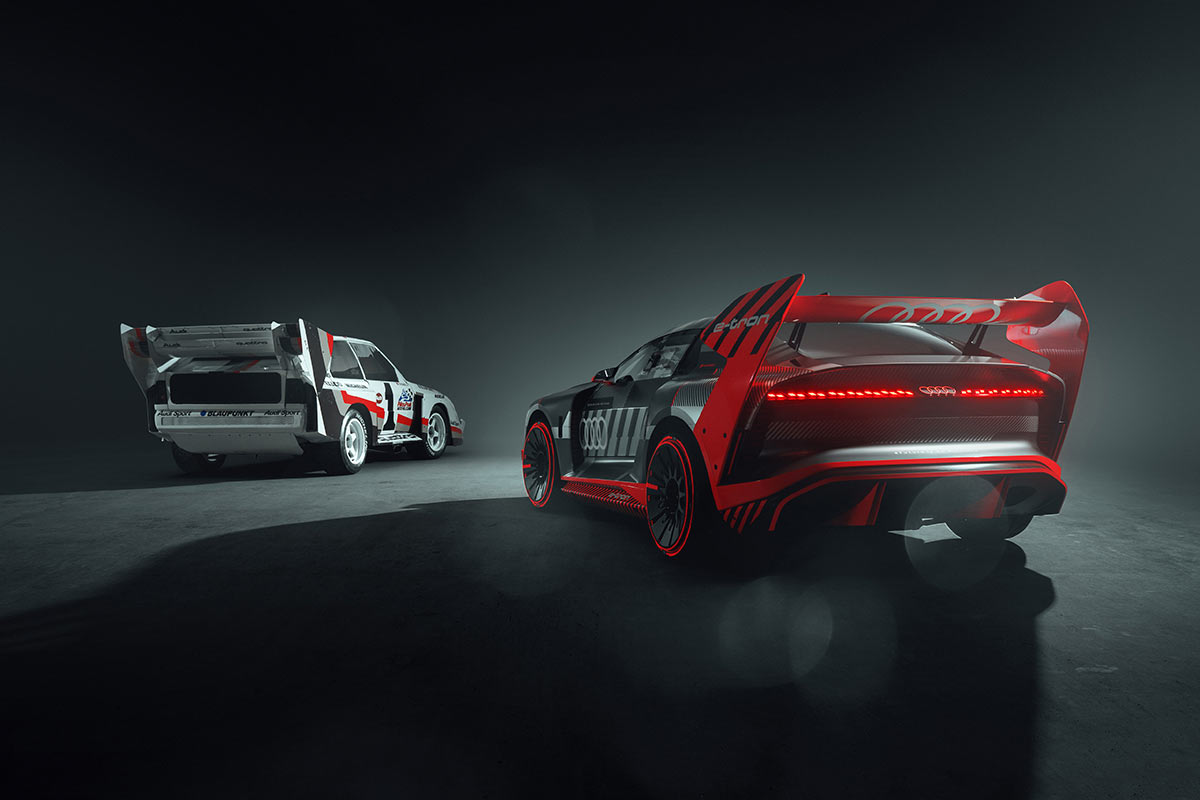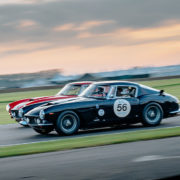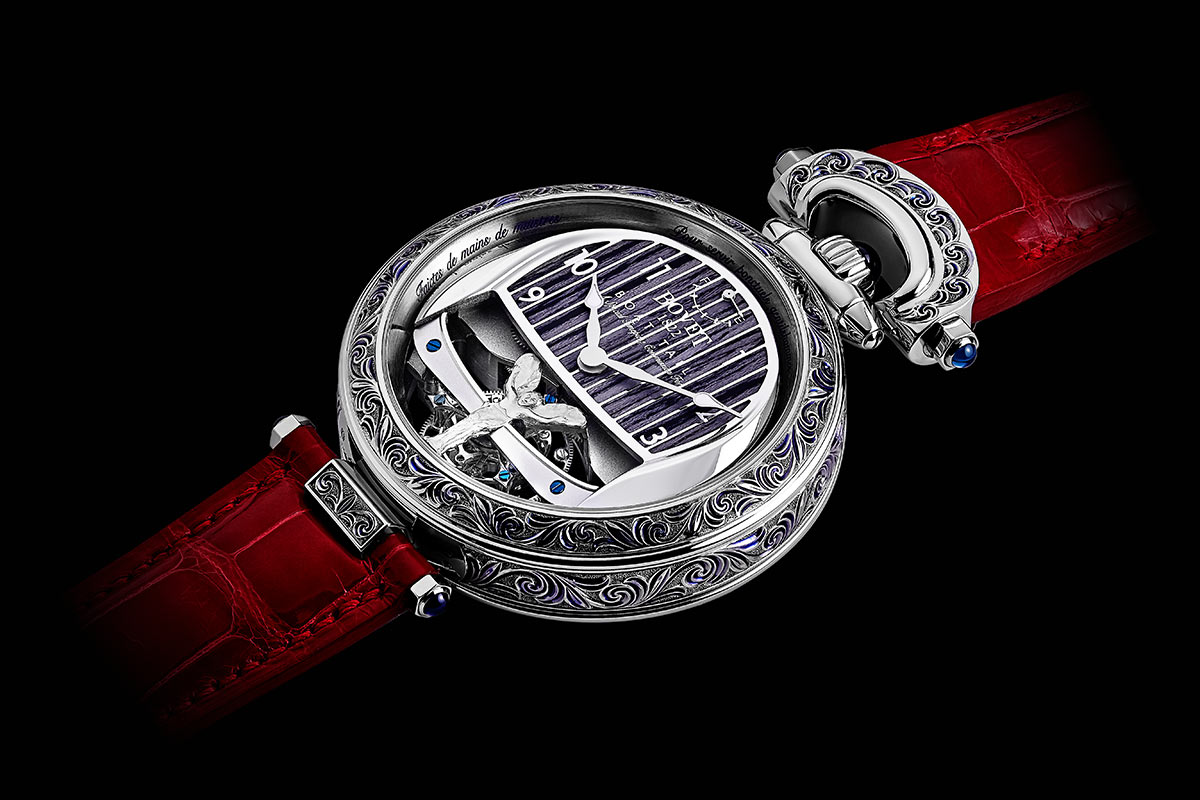- The 79th Members’ Meeting presented by Audrain Motorsport will be held on 9-10 April.
- The Festival of Speed presented by Mastercard will be held on 23-26 June.
- The Goodwood Revival will be held on 16-18 September.
- Tickets go on sale to the general public on Monday 8 November at 9am.
- Customers can get early access from 1 November by joining the GRRC Fellowship.

Goodwood Revival 2021
Goodwood is pleased to announce the dates for its 2022 motorsport and automotive events. Kicking off the season will be the 79th Members’ Meeting presented by Audrain Motorsport on 9-10 April, followed by the Festival of Speed presented by Mastercard on 23-26 June and finishing with Goodwood Revival on 16-18 September.
2021 saw Goodwood make an incredible return to the motorsport and motoring calendar, with all three events taking place over the summer and autumn, welcoming back our passionate fans after more than 18 months away. Looking ahead to next year, the events will not only revert to the usual order – starting with the Members’ Meeting in April – but they will run at full capacity and bring back many popular aspects as well as new celebrations, moments, car launches and interactive customer experiences.
Members’ Meeting will remain the playground for Members and Fellows of the Goodwood Road Racing Club (GRRC), with a weekend of exceptional racing, high-speed demonstrations, off-track festivities and fireworks, and of course the unique school ‘house’ rivalry.

Festival of Speed 2021
The Festival of Speed will return as the destination for innovation, technology and future mobility, as well as hosting perennial favourites including Formula 1, drift, contemporary teams, champion drivers and riders of past, present and future, and more than a century of motorsport history. The awe-inspiring Future Lab will wow event-goers, as will the latest supercars in action on the Hill, and the world’s leading manufacturers launching their latest cars. Electric Avenue – the ultimate place for consumers to immerse themselves in the world of electric mobility – will be back after its debut in 2021.
Revival will once again host the world’s greatest weekend of historic racing, accompanied by fabulous vintage fashion and glamour, set within the iconic Goodwood Motor Circuit. Popular new initiatives for 2021, including the Make Do & Mend corner and Revival Car Boot Sale, will make a welcome – and enhanced – return, as Goodwood continues to celebrate and showcase sustainability and second-hand lifestyle, encouraging attendees to embrace the event’s Revive and Thrive ethos.
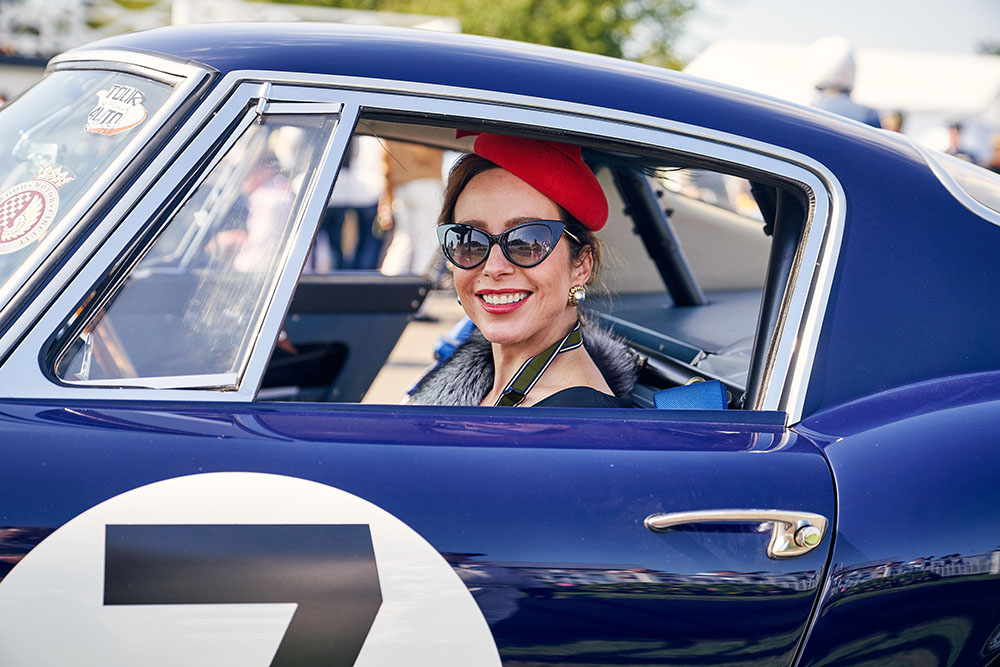
Goodwood Revival 2021
Further details and announcements on what will feature at this year’s events will be announced in the months ahead.
Commenting on next year’s events, The Duke of Richmond said: “I am thrilled that our much-loved, sell-out motorsport events will be making a spectacular return in 2022. Thank you to everyone who attended and partnered with the Festival of Speed, Revival and Members’ Meeting this year. Your loyalty and support after a challenging 18 months made them more special than ever, and we can’t wait to see you back at Goodwood again next year. It really will be a season not to miss.”
When do tickets go on sale?
Tickets for the 79th Members’ Meeting, Festival of Speed and Goodwood Revival will be on sale at goodwood.com on the following dates:
- Saturday 30 October 2021 – GRRC Members
- Monday 1 November 2021 – GRRC Fellowship
- Monday 8 November 2021 – Public
As in previous years, children aged 12 and under go free and a Young Person ticket will also be available for those aged between 13 and 21 years of age.
Members of the public can get early access to tickets and buy from 1 November by joining the GRRC Fellowship. For just £43 a year, the Fellowship not only provides a special ticket window, but is the only entry route to join the GRRC, offering a range of benefits including access to the members-only Members’ Meeting, exclusive video content, competitions, offers and much more.
Goodwood’s unrivalled hospitality packages are available to book now for the 2022 Festival of Speed and Goodwood Revival by emailing hospitality@goodwood.com or calling 01243 755054. Whether customers are looking for a great day out with friends, entertaining clients or celebrating something special, Goodwood’s hospitality provides the ultimate setting to enjoy the events.
Also launching at Goodwood in 2022, will be Goodwoof (28-29 May) and Eroica Britannia (6-7 August). The two new events will bring ‘all things dog’ and vintage cycling to the estate’s impressive and popular events portfolio. Tickets to Goodwoof are on sale now at goodwood.com, with Eroica Britannia to follow at the end of the year.
2022 Event Charities
The Festival of Speed and Goodwood Revival will also partner with two new charities in 2022. Race Against Dementia, a charity set up by Sir Jackie Stewart OBE will be supported by the Festival of Speed and local charity Aldingbourne Trust will be supported by the Revival.
Race Against Dementia is a global charity established to fund pioneering research to find a prevention or treatment for dementia. The Race Against Dementia (RAD) Fellowship Programme draws from the most promising early career scientific talent around the world. Collaboration with forward-thinking teams in Formula One and other innovative organisations brings the dynamic attitude, dedication and agility of Grand Prix teamwork to drive results in dementia research. The programme not only accelerates the Fellows’ personal research agendas but also aspires to catalyse a change in dementia research culture globally.
The Aldingbourne Trust provides real skills, care and jobs in a 21st Century way. Through strong partnerships and social enterprise, they enable adults with learning disabilities to have real choices and to lead more independent lives. The trust provides much-valued support in all aspects of their lives including accommodation, training, employment, advice and having fun!
Image credit: 1. Jayson Fong | 2. Dominic James | 3. Jayson Fong | 4. Dominic James | 5. Jayson Fong

Goodwood Revival 2021
Tickets for the Festival of Speed and Goodwood Revival go on sale to the public on Monday 8 November at 9am at goodwood.com, with priority booking available for GRRC Members and Fellows. Customers can join the Fellowship at any time to receive priority booking for the 2022 events.
2022 Event Dates:
- 79th Members’ Meeting presented by Audrain Motorsport, Saturday 9 – Sunday 10 April 2022
- Festival of Speed presented by Mastercard, Thursday 23 – Sunday 26 June 2022
- Goodwood Revival, Friday 16 – Sunday 18 September 2022

Sunday
Tickets
Tickets can be purchased via goodwood.com or by calling the Ticket Office on 01243 755055.
Members of the public can get early access to tickets and buy from 1 November by joining the GRRC Fellowship. For just £43 a year, the Fellowship not only provides a special ticket window, but is the only entry route to join the GRRC, offering a range of benefits including access to the members-only Members’ Meeting, access to video archives, competitions, offers and much more.
For an extra special day out, hospitality is also available across the event and can be organised by emailing hospitality@goodwood.com or calling 01243 755054.
Goodwood wants customers to be able to book with confidence and if it is deemed that Goodwood events cannot take place on advice from the UK Government due to the ever-changing pandemic, the ‘Ticket Guarantee’ means customers can transfer their ticket to the following year or receive a full refund.
Covid-19
Goodwood’s number one priority is the safety and wellbeing of everyone involved, whether working behind-the-scenes, at the wheel, or attending the spectacle. Goodwood continues to work closely with Public Health England and UK Government advisory groups and all events will be run strictly in accordance with the Government’s Covid-19 guidelines
Twitter | Facebook | Instagram | YouTube
***
About the Members’ Meeting presented by Audrain Motorsport
The Goodwood Members’ Meeting is an epic weekend of motor racing founded by the Duke of Richmond, which aims to recreate the atmosphere and camaraderie of the original BARC Members’ Meetings held at Goodwood throughout the 1950s and 1960s.
As well as a full programme of racing, the Members’ Meeting features all kinds of cars from classic tin-tops and GTs, to motorcycles and open wheeled Formula 3 and F1 machines, offering visitors a friendly and intimate atmosphere with no crowds, thanks to being exclusively available to GRRC Members and Fellowship. A winning formula of spectacular cars, high-speed track demonstrations, fun-packed festivities and great entertainment; along with the very best food and drink. Joining the GRRC Fellowship is the only way to become a full GRRC Member.
About Audrain Motorsport
Audrain Motorsport is all about the chance to share extraordinary experiences centred around the way you want to engage with cars and motorcycles. No matter where your passion connects, on a tour, rally or back country drive; exploring the limits of your car and your talent against the clock on a track; as an insider at the world’s leading Concours d’Elegance and historic races; or sharing conversation with the movers, shakers and legends of the motoring world in an intimate setting, we are here to make it possible.
Audrain Motorsport promises “curated immersive automotive experiences” for all its members who are looking to take their passion to the next level, and to operate at the top of the automotive lifestyle chain. For more information please visit, www.AudrainMotorsport.com and stay up-to-date with all news and information by following us on our YouTube Channel and social media platforms.
About the Festival of Speed presented by Mastercard
First staged in 1993, the Goodwood Festival of Speed presented by Mastercard is the world’s largest automotive garden party; set against the spectacular backdrop of Goodwood House in West Sussex, UK. Over 600 cars and motorcycles spanning the phenomenal history of motoring and motorsport take part along with legendary figures from the automotive world. Highlights include Future Lab presented by bp, Electric Avenue, Forest Rally Stage, Michelin Supercar Paddock, Michelin Supercar Run, F1 paddock, Drivers’ Club, GAS Arena, Cartier Style et Luxe Concours d’Elegance, Aviation Exhibition and Bonhams Auction.
About the Goodwood Revival
The Goodwood Revival is the world’s greatest historic motor race meeting, and the only sporting event of its kind to be staged entirely in a period theme. More than just an unrivalled weekend of historic racing, it is a whimsical step back in time; an immersive celebration of a less disposable world, where “make do and mend” was a way of life rather than a casual slogan.
The Revival is, at its heart, a celebration of craftsmanship and sustainability, from an age when possessions were made to last and be cherished. It promotes a thoroughly modern ethos – to “reduce, reuse, repair, restore and recycle” – in the most authentic way possible. All the cars are original, having been lovingly maintained since new, many of the outfits have been handed down through generations, and even the retailers specialise in pre-owned artefacts – everything from clothes and accessories to automobilia and books.
It is, proudly, the world’s biggest and most glamorous second-hand event, encouraging attendees to embrace its Revive and Thrive ethos.
